Creole vs Cajun Seasoning: Spicing Up the South—Are They Twins or Rivals?
Table of Contents
- The Spice Showdown Begins
- What Is Creole Seasoning?
- What Is Cajun Seasoning?
- Head-to-Head: Creole vs Cajun
- How to Use Each Like a Pro
- Buying Guide: Which One Fits Your Pantry?
- Final Thoughts
The Spice Showdown Begins
If Creole and Cajun seasonings were people, they’d be two passionate chefs arguing over who makes the best gumbo at Mardi Gras. Both are rooted in Louisiana cuisine, but they differ in origin, flavor intensity, and purpose. Understanding these differences can elevate your home cooking from ‘meh’ to ‘mouthwatering.’
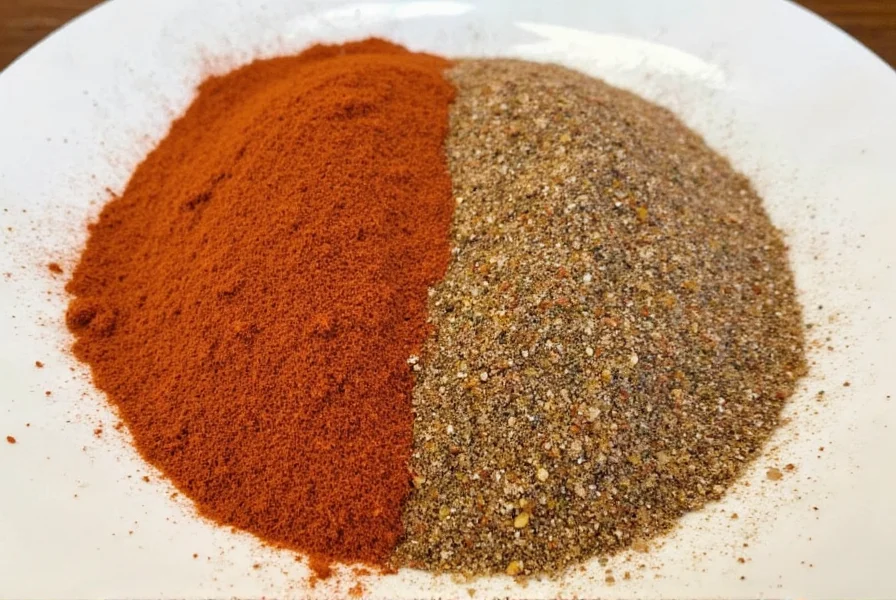
What Is Creole Seasoning?
Creole seasoning is a vibrant blend that brings a little bit of everything to the plate. It’s named after the Creole culture in New Orleans, which combines French, Spanish, African, and Caribbean influences.
Common Ingredients in Creole Seasoning:
- Paprika
- Garlic powder
- Onion powder
- Dried oregano
- Dried thyme
- Cayenne pepper (for heat)
- Black pepper
- Salt
This mix tends to lean more toward herbs and a moderate level of spiciness. It's all about balance, brightness, and depth—perfect for seafood boils, jambalaya, or roasted vegetables.

What Is Cajun Seasoning?
Cajun seasoning hails from rural Louisiana, where the Cajun people brought their hearty, rustic cooking style. This blend is known for being bolder, earthier, and usually spicier than its Creole counterpart.
Common Ingredients in Cajun Seasoning:
- Garlic powder
- Onion powder
- Cayenne pepper (often more than Creole)
- Black pepper
- White pepper
- Paprika
- Dried mustard (sometimes)
Unlike Creole, Cajun seasoning doesn’t rely heavily on herbs. Instead, it leans into peppery heat and savory depth. It’s the kind of spice blend that would pair perfectly with grilled meats, spicy stews, or dirty rice.

Head-to-Head: Creole vs Cajun
Let’s break down the key differences between these two powerhouse seasonings:
| Feature | Creole Seasoning | Cajun Seasoning |
|---|---|---|
| Origin | New Orleans & urban areas | Rural Louisiana |
| Flavor Profile | Herbaceous, balanced, slightly spicy | Peppery, smoky, hotter |
| Key Herbs | Oregano, thyme | Fewer herbs, more peppers |
| Heat Level | Moderate | High |
| Best For | Seafood, veggies, sauces | Meats, stews, grilling |
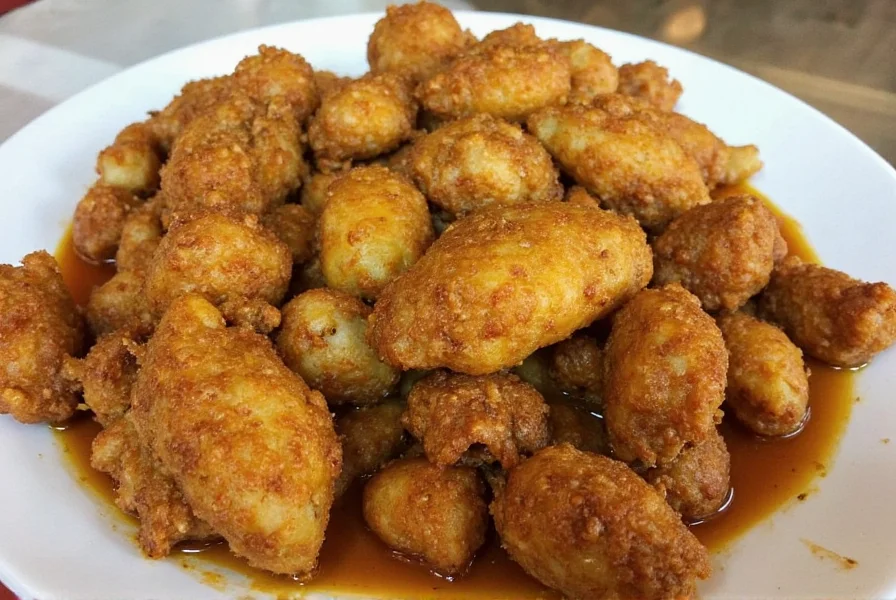
How to Use Each Like a Pro
Knowing how to use Creole and Cajun seasoning correctly can make all the difference. Here are some practical tips to help you get the most out of each:
Creole Seasoning Tips
- Add early to dishes like soups and stews to allow the herbs to bloom and infuse flavor.
- Use with seafood—it complements shrimp, crawfish, and catfish beautifully.
- Try on roasted veggies like cauliflower, potatoes, or okra for a quick, flavorful side.
Cajun Seasoning Tips
- Use for dry rubs on chicken, pork, or ribs before grilling or smoking.
- Add to cast-iron sears for a spicy crust on steaks or chops.
- Mix into ground meat when making burgers or sausage patties for a kick.

Buying Guide: Which One Fits Your Pantry?
Ready to stock up? Here are a few top-rated brands for both Creole and Cajun seasoning blends—with pros, cons, and ideal uses listed so you can choose what suits your kitchen vibe.
Top Creole Seasoning Picks
- Old Bay Creole Seasoning
- Features: Classic, well-balanced blend
- Pros: Mild spice, versatile
- Cons: May lack herb complexity for purists
- Best for: Shrimp boil, creamy pasta
- Zatarain’s Creole Seasoning
- Features: Salt-forward, bold aroma
- Pros: Great for soups and jambalaya
- Cons: Can be overpowering if not measured carefully
- Best for: Rice dishes, seafood boils
Top Cajun Seasoning Picks
- Tony Chachere’s Original Cajun Seasoning
- Features: Iconic, locally-made brand
- Pros: Authentic flavor profile
- Cons: Very salty
- Best for: Dry rubs, gumbos
- Slap Ya Mama Cajun Seasoning
- Features: Varying heat levels available
- Pros: Customizable spice level
- Cons: Strong garlic presence
- Best for: Grilled meats, fried chicken
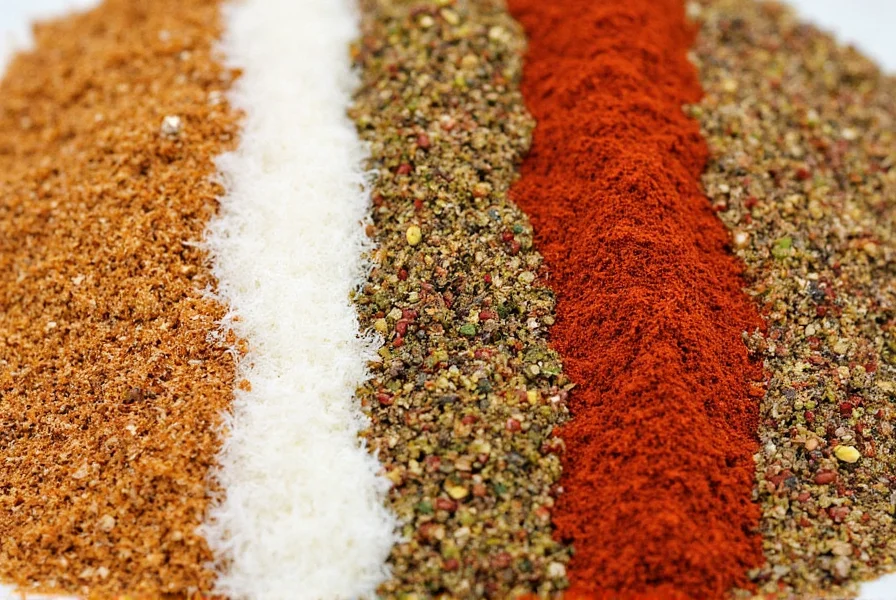
Final Thoughts
So, is Creole seasoning the same as Cajun seasoning? Definitely not. While both come from Louisiana, they have distinct personalities—one refined and herbal, the other bold and peppery. Think of them as siblings: similar roots, very different vibes.
Whether you're whipping up a batch of gumbo or seasoning your Sunday roast, knowing which blend to reach for can make all the difference. So next time you’re standing in front of that spice rack, take a deep breath, channel your inner chef, and pick the right seasoning for the job.
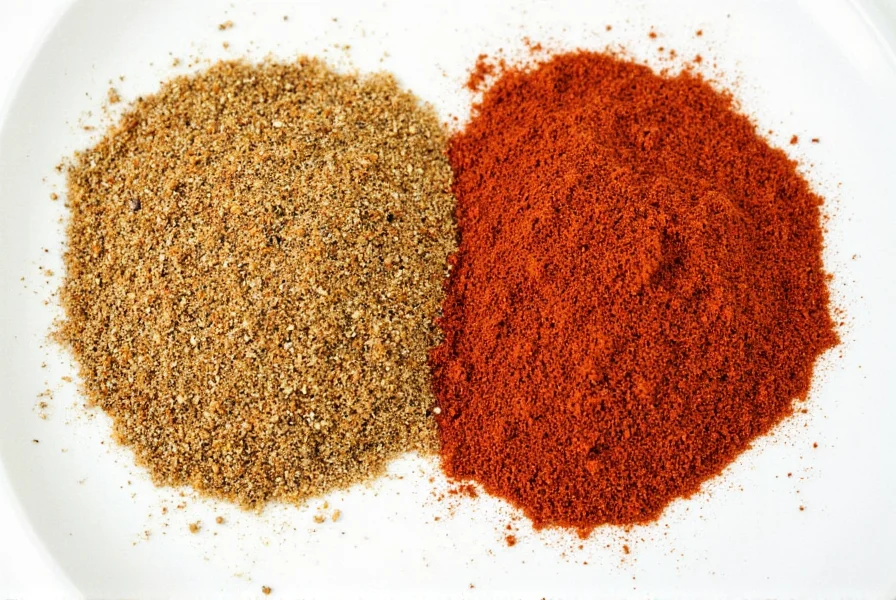
You’ve now got the knowledge—and the confidence—to spice up your life the right way. Happy cooking!

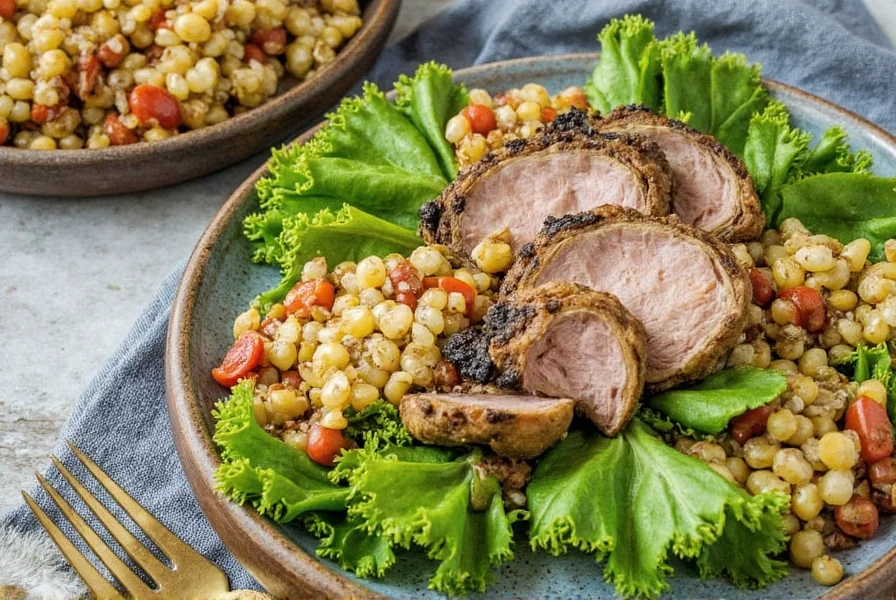









 浙公网安备
33010002000092号
浙公网安备
33010002000092号 浙B2-20120091-4
浙B2-20120091-4